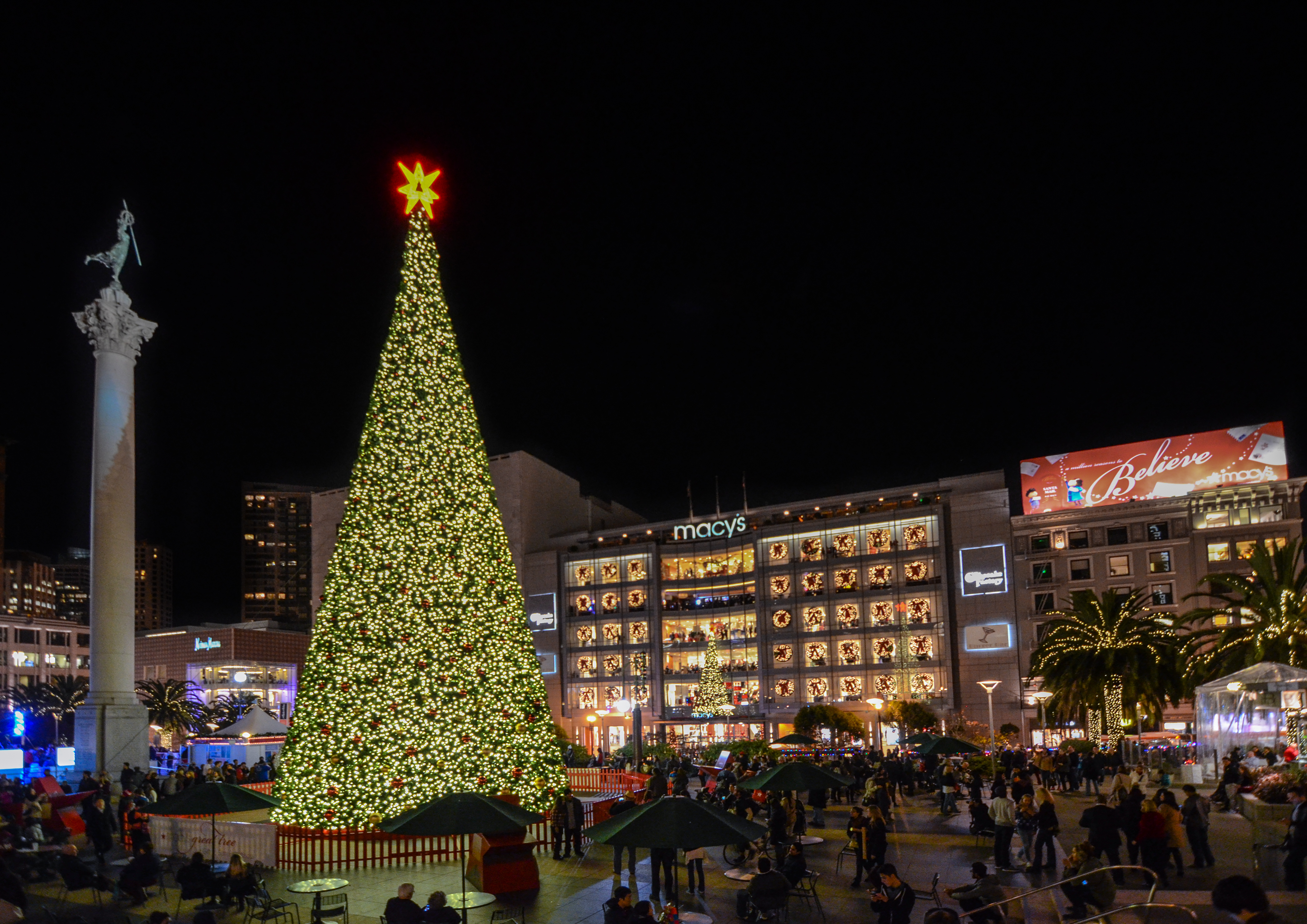
Here are other articles that could help you plan your trip:Ĭonclusion – What are the best dates to see the Northern Lights? You can find more information on the blog of the Finnish Met. Solar activity can increase at any time, so check the weather/cloud forecast and the Aurora forecast in Finland. The best time of the day and hours for seeing Northern Lights in Finland is at midnight and the hours around midnight. In the areas below the Arctic Circle, the peak is in September and March. In terms of solar activity, in the areas of Finland above the Arctic Circle, the peak of the Northern Lights is in December and January. The best time of year to see the Northern Lights in Finland, if you want clear skies, is in March and early April.

When is the best time to see the Northern Lights in Finland? The Northern Lights season in Canada goes from early September to the beginning of April in the northern areas of the country.Īt lower latitudes, you can see the Northern Lights all year round, but you’ll need a strong display of Northern Lights. When is the best time to see the Northern Lights in Canada? Best Northern Lights tours from Reykjavik.Here are other related articles that you might find useful: The weather in Iceland is completely unpredictable, and there isn’t a “best” period for clear skies.Ĭheck the official Icelandic meteorological site (also known as Vedur) for clouds and the Aurora forecast.įurthermore, if Iceland is your Northern Lights destination, I strongly advise checking our in-depth article on the best time and places to see the Northern Lights in Iceland. Statistically, it’s the best time for Northern Lights in terms of solar activity, along with March. I travel to the island every year to photograph the Northern Lights, and to me, the best time of year to see the Northern Lights in Iceland is at the end of September. You’ll be very likely to enjoy an unforgettable show. You can also enjoy big Northern Lights displays scattered throughout the rest of the Aurora season. However, there is no way to know in advance when they’ll take place.Īurora travel tip: Big solar storms are usually forecast at least 15 days in advance, so if you’re flexible about your travel dates, check the Northern Lights forecast around the September/March equinoxes and plan your Aurora trip for the days with the highest solar activity. However, If you know what the Northern Lights are and what causes them, you’ll know that darkness is not all you need solar activity is primarily responsible for everything from a faint green cloud on the horizon to the strongest Northern Lights show.įor that reason, even though winter is still the most popular time to see the Aurora, the best time for seeing the Northern Lights according to the solar activity is during the Equinoxes – the last two weeks of September and the second and third week of March. That’s why I always run my Iceland Northern Lights Photo tours at the end of September. The best time to see Northern Lights in the northern hemisphere is from September to April The early fall and early spring are statistically related to periods of more solar activity, so the months of September and March are usually the best to enjoy a big display of Northern Lights. The best time to see the Northern Lights is on clear nights around midnight during the Aurora season starting at the end of August and finishing by mid-April. However, if you are at a lower latitude and there is a big solar storm, you can enjoy the Aurora even during the summer months, like June or July. When is the best time to see the northern lights?


If you’re wondering when to see the Northern Lights, in this article, I will answer all your questions.


 0 kommentar(er)
0 kommentar(er)
